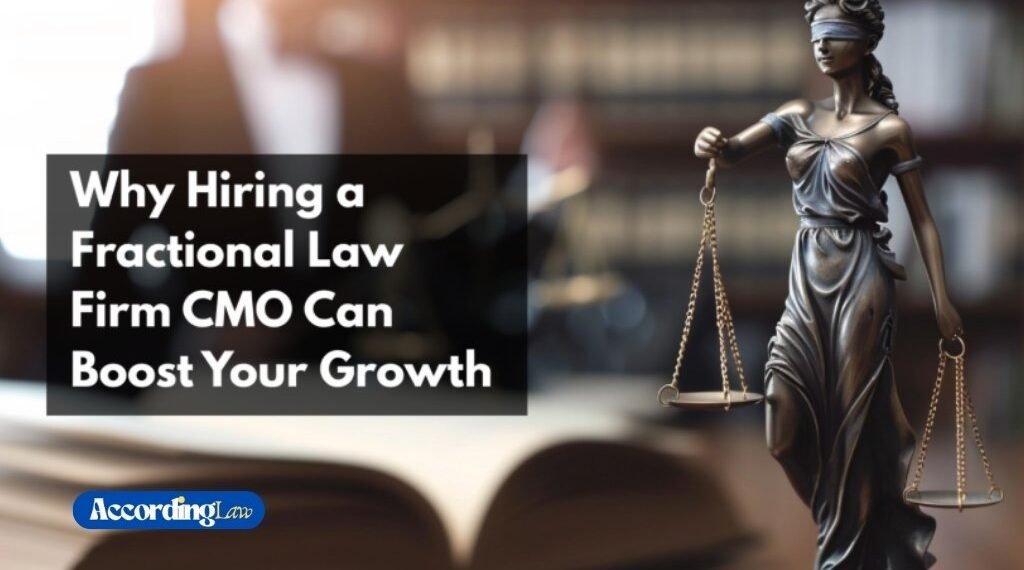Auto accidents are stressful enough without the added challenge of navigating the legal system afterward. Depending on where the collision occurs, the process of filing claims, receiving compensation, and determining fault can look very different. Some states follow a no-fault approach, while others use an at-fault system. Understanding the differences is crucial for drivers, insurers, and accident victims. If you are dealing with the aftermath of a collision, firms like Yale Haymond Law PLLC can provide valuable guidance to help you make sense of these varying laws and their implications.
Table of Contents
What Does No-Fault Insurance Mean?
In a no-fault state, drivers involved in a collision typically turn to their own insurance company to cover medical expenses and lost wages, regardless of who is at fault for the accident. The goal is to provide quicker compensation and reduce the number of lawsuits. Personal Injury Protection (PIP) coverage is usually required and helps ensure immediate access to funds for treatment.
However, no-fault does not mean that fault is irrelevant. In serious accidents where injuries meet certain thresholds, victims may still pursue a lawsuit against the at-fault driver. These thresholds vary by state, often defined by medical costs, the severity of injuries, or the likelihood of permanent disability. States like Florida, Michigan, and New York are prominent examples of jurisdictions with no-fault systems.
How At-Fault Systems Work
In contrast, at-fault or tort-based states hold the driver responsible for causing the accident and financially liable for damages. Victims may file claims directly against the at-fault driver’s insurance company or pursue legal action if necessary. Liability insurance is the foundation of this model, with policies designed to cover the medical costs, property damage, and other losses of the injured party.
This approach can sometimes lead to longer resolution times as the fault must be determined through investigation, but it also provides broader avenues for compensation. In at-fault states, injured drivers may recover economic losses such as medical expenses and lost wages, as well as non-economic damages like pain and suffering, without the restrictions imposed by no-fault laws.
Key Differences Between No-Fault and At-Fault States
The central difference lies in how claims are initiated and processed. In no-fault states, a driver first looks to their own insurer, which can expedite coverage for immediate medical needs. In at-fault states, however, claims depend on proving liability, which may delay compensation but allows for potentially larger recoveries.
Another distinction is the ability to sue. In no-fault jurisdictions, lawsuits are generally limited and typically only permitted if the injuries meet the defined threshold. By comparison, at-fault states provide more freedom to pursue litigation after an accident, giving victims greater leverage in negotiations and settlements.
Finally, insurance premiums are influenced differently under each system. No-fault insurance often comes with higher premiums due to the requirement of PIP coverage, while at-fault states may see lower base premiums but increased costs after a driver is found liable in an accident.
Hybrid and Unique Approaches
It is also worth noting that some states take a hybrid approach, allowing drivers to choose between no-fault and traditional tort coverage. States like Kentucky, New Jersey, and Pennsylvania offer this “choice no-fault” option, providing flexibility that depends on an individual’s risk tolerance and financial planning needs.
Additionally, the scope of PIP benefits can vary dramatically. In Michigan, for example, PIP historically offered unlimited lifetime medical benefits, though reforms in recent years have altered this structure. These differences underscore the importance of understanding state-specific laws and their direct impact on both drivers and accident victims.
Why These Laws Matter for Drivers
The system in place affects not only how quickly a driver may receive compensation but also how much they are ultimately able to recover. A minor accident in a no-fault state may be easily resolved through an insurance claim, while a similar accident in an at-fault state could involve lengthy investigations and negotiations. On the other hand, victims of severe accidents in at-fault states may find greater legal opportunities to seek justice compared to those in no-fault states with strict thresholds.
For drivers who frequently travel or relocate between states, understanding these differences is crucial. Insurance requirements change across state lines, and a driver’s ability to recover damages depends heavily on the legal system governing their case. Seeking professional advice from firms familiar with personal injury law ensures drivers make informed choices and protect their rights.
Conclusion
The divide between no-fault and at-fault auto accident laws underscores the complexity of America’s legal landscape. No-fault systems prioritize speed and efficiency, while at-fault systems emphasize accountability and broader recovery options. Each has advantages and limitations, and the best course of action after an accident depends on where it occurs and the severity of the injuries involved. For individuals facing the uncertainty of a collision, consulting experienced legal professionals provides clarity and support in navigating these complex systems.


